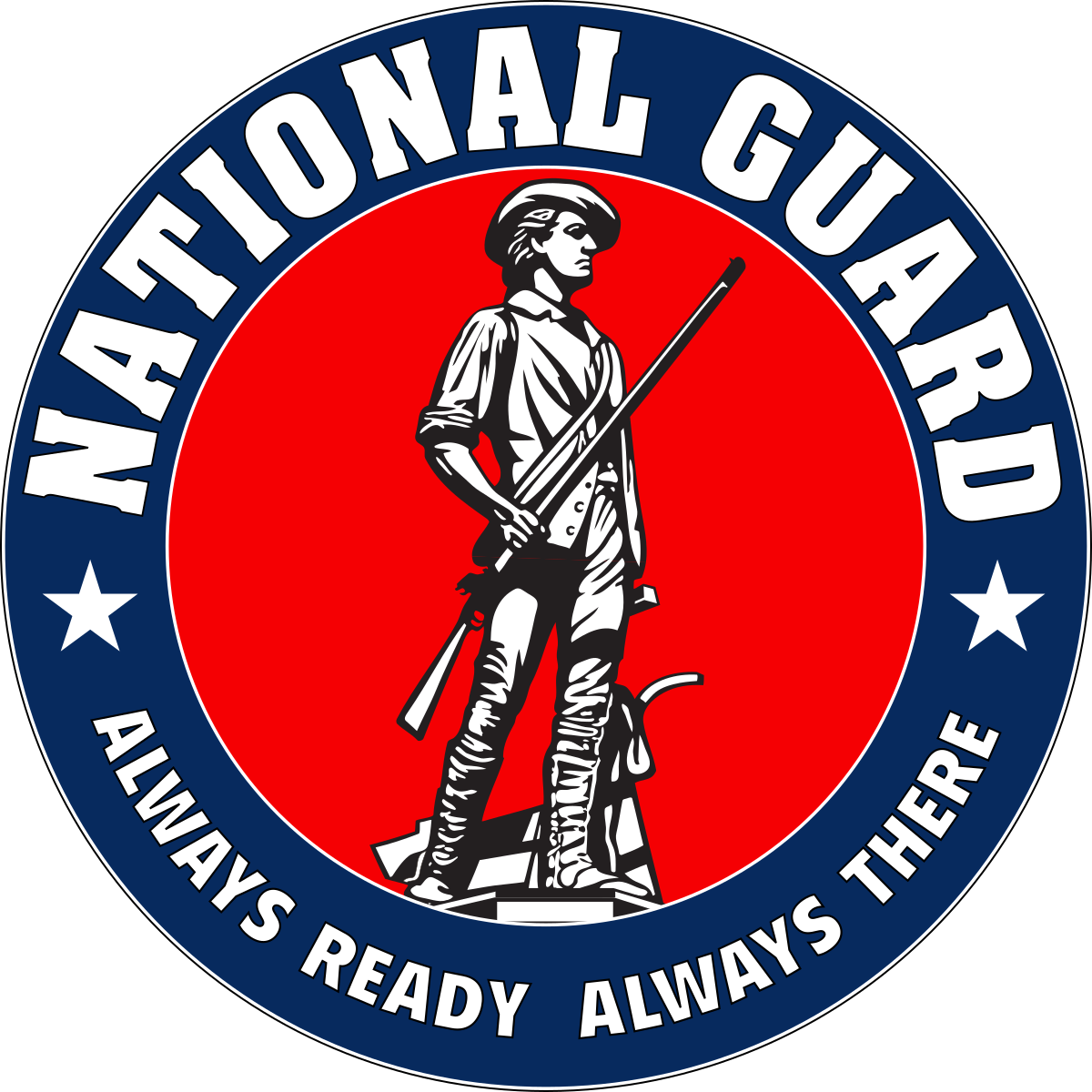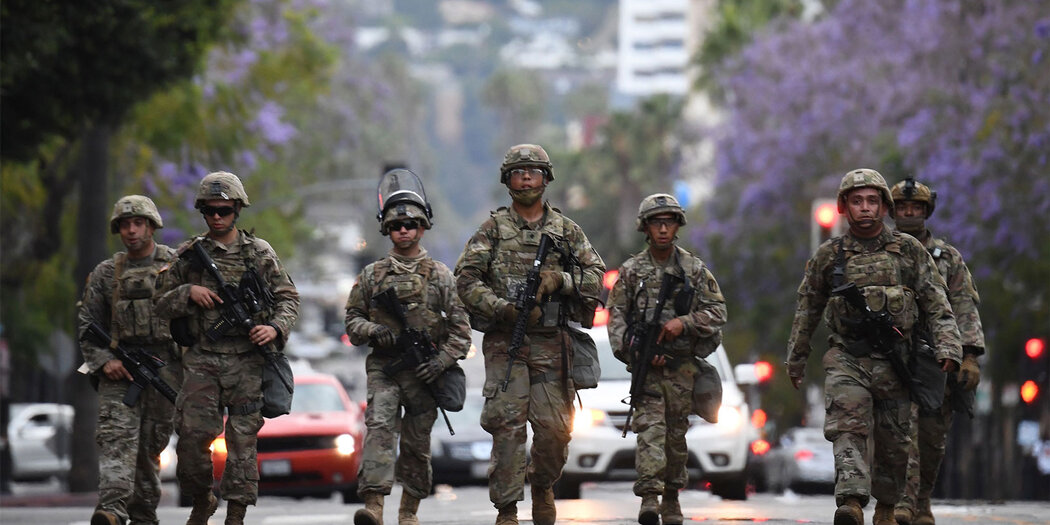DAOD 5049-1 covers obligatory service. Basically it all starts with the recruitment form and the Statement of Understanding tied to reasonable terms of service (IMHO that's a 2.5 day weekend once a month for ten months (Sept to Jun) and a two week exercise period in August)
There also needs to be a legislative change that moves s294 - Failure to Attend Parade - to the CSD and change s 60(1)(c) so that failure to attend a designated period of obligatory service (and mandatory training - a slightly different concept in my construct) becomes subject to the CSD.
I don't doubt that there may be different consideration for some hard RCN and RCAF trades, but most of the army trades are pretty easy actually. They're a bit like learning to ride a bicycle.
I agree with that, however, if you put people through a community college and they get their civilian ticket then in all probability most of the ones that you train will be practicing in a related field in their civilian life. That is the direction that the system ought to be geared to. You also have the two-week annual summer training cycle which ought to be designed specifically to work on both individual skills refresher and collective training.
Don't misunderstand me. I appreciate the issues related to having a two-week mandatory training event, but a) I think its possible - look at the ARNG, and b) it's vital that the ARes breaks the concept of "attend when you feel like it" for core training. If it doesn't create a habit of attendance it will forever be marginally useful.
I don't.
I believe they need to have a set number of full-timers as specified above but you do not need a large full-time maintenance company in an ARes svc bn and an ARes maint bn as most would have very little to do. That's based largely on the fact that ARes equipment (even if fully supplied) gets very little usage compared to RegF equipment and therefore needs less maintenance.
You know my views about 30/70 hybrid formations. IMHO, a 30/70 unit maint platoon; bde maint coy; and div maint bn is probably adequate as a starting point to provide both the servicing requirements of their respective organizations' equipment as well as the leadership and continuing training of their ARes elements. Obviously, time would tell and some adjustments in those ratios might be necessary with experience. If the bdes are predominantly ARes then the ratio would probably be much lower - maybe 10/90.





